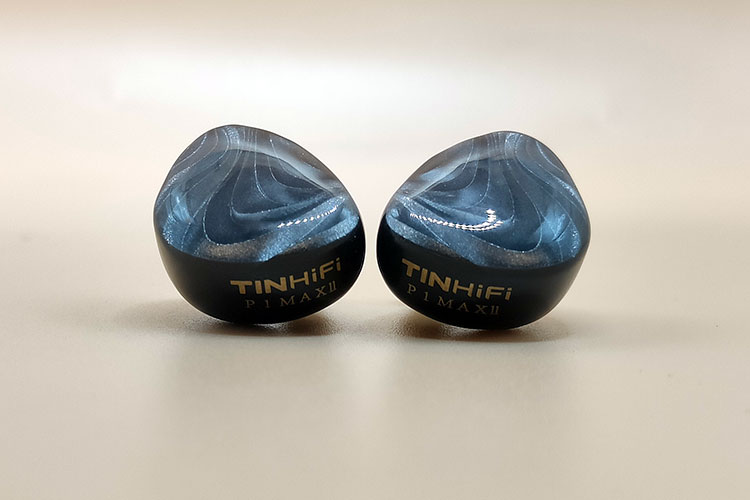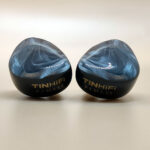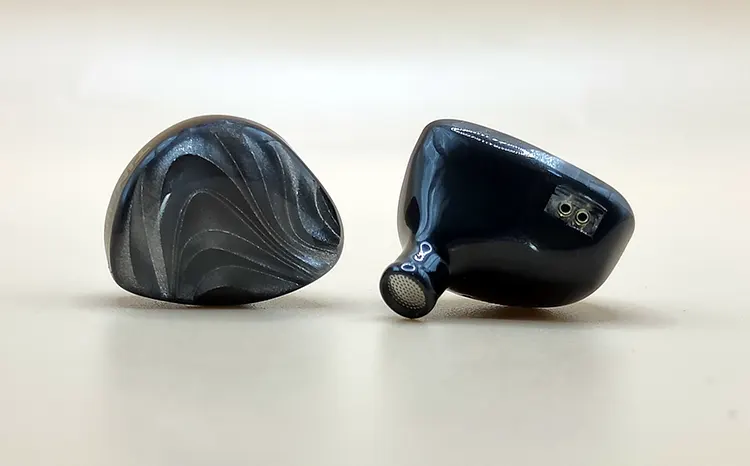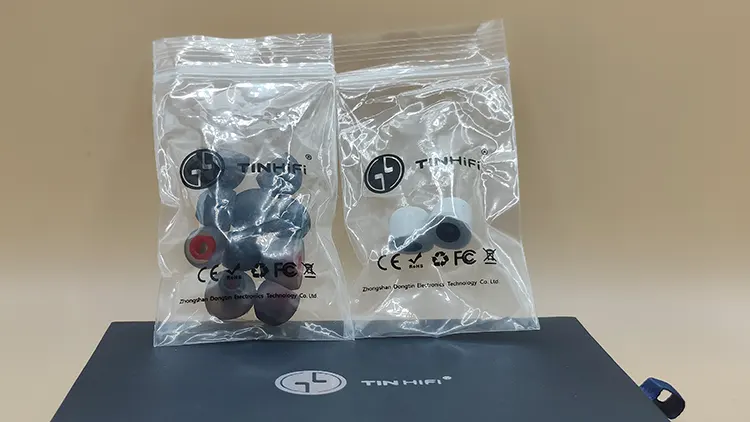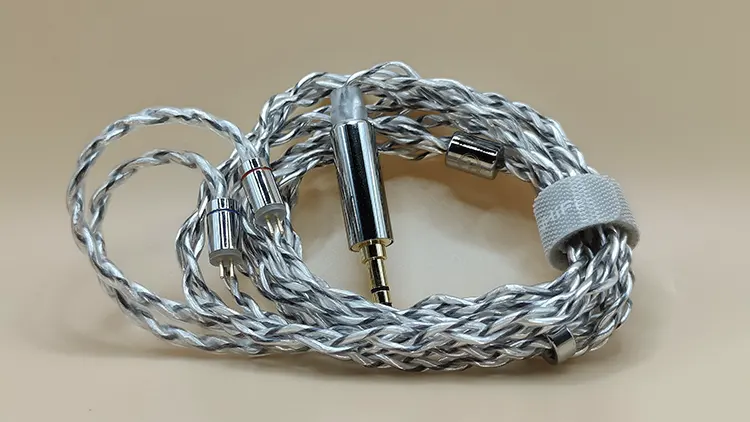In this feature, Kurt reviews the TinHiFi P1 Max II, which is a new 14.2mm next-generation planar driver universal IEM priced at $139.00.
Disclaimer: This sample was sent to me in exchange for my honest opinion. Headfonics is an independent website with no affiliate links or status. I thank Tin Hifi for their support.
Click here to read more about TinHiFi products we previously reviewed on Headfonics.
Note, this article follows our latest scoring guidelines which you can read in more detail here.
TinHiFi has been a long-time player in the audio community. They were a common staple in IEM recommendation talks with their TinHiFi T3 Plus, which was a favorite back then.
They were also one of the pioneers in releasing planar IEMs into the market with the TinHiFi P1 Max. It was a praised planar for being inoffensive in its tuning, a new sound from planars.
Now we have an update for that very IEM, the TinHiFi P1 Max II priced at $139. With a new generation planar driver, can this new iteration outperform its predecessor?
Features
The TinHiFi P1 Max II is a single planar driver universal IEM rated at 16Ω with a sensitivity of 98 dB/mW @ 1kHz making it relatively efficient but not a very sensitive IEM.
This is a new planar driver with a size of 14.2mm. It is encased in a dual array of N52 magnetic steel drivers, with a micron-thickness diaphragm, and a light aluminum diaphragm coil.
Design
The TinHiFi P1 Max II uses a 3D-printed resin shell for both faceplate and shell and is available in a black finish only.
The 3D printing was done by HeyGears as well, whom you have probably heard of since they are doing a lot of 3D printing for IEMs nowadays.
For the P1 Max II, they designed it with an ear-hugging structure. Its type of shape ensures comfort even during extended usage. It’s lightweight weighing only up to 3.8 grams.
The faceplate has a holographic effect in the right light so, it has a bit more depth to its looks when compared to the original P1. Its color is a mix of gray and silver with some glitter.
For its shell, there’s not much to see here. There are 2 vents on it, one on the top shell and one near the nozzle. There’s also text printed on top. The words TinHiFi P1 Max II are written in gold there.
Comfort & Isolation
The comfort of the P1 Max II is a mixed bag in my experience. Despite it being an ear-hugging design, there are parts of it that don’t hug my ear well. It tends to poke my inner ear which makes using it uncomfortable.
I normally don’t have issues with comfort since I have large ears, but the P1 Max II’s curved edges tend to squeeze my inner ear too much. Even with different tips, the result is the same, unfortunately.
Isolation isn’t great either. I couldn’t get a proper seal to block outside noise even with louder-than-usual volumes and tip rolling.
The TinHiFi P1 Max II also tends to push itself out of my ear. Other IEMs don’t do this for me, but with this IEM, I can feel it moving and needing to push the shells back in.
Tips
There are 2 types of tips packaged with the TinHiFi P1 Max II; a set of fairly common single-flange silicone tips and a set of foam tips in medium size. None of them gave me the optimal sound experience with seal issues for both types.
The silicone tips have a powdery feel in initial use. It performs like other silicone tips with a lackluster seal and feel. The foam tips cut any treble zing and also dampen the bass, which is a reason in itself not to use them unfortunately.
Using third-party tips helped the most. I tested it with the SpinFits CP100, 145, and 100+. I also tried the DUNU S&S and Candy Tips with better comfort and isolation results.
Stock Cable
The TinHiFi P1 Max II has a great cable. It’s a full silver color design with some black highlights. The cable has a nice braid on the 4-core wiring as well. It doesn’t stick or rub on my clothes so it’s good for everyday usage as well.
There’s also a chin slider and Velcro tie on it with TinHiFi engravings on them save the 3.5mm connector which has a plainer finish.
Packaging & Accessories
There isn’t a lot inside the box. I expected to get the minimum accessories.
On a high level, you get the IEM, the cable, the tips, and the paper guides. The paper guides were packed uniquely this time in a strap. The TinHiFi P1 Max II uses filters but there are no spares in the box. I couldn’t also find a store to buy them so make sure you do not lose them.
The biggest concern I had is that it lacks any carrying case. To compete in the market and offer a carrying case is a drawback, in my opinion.
Sound Impressions
The following sound impressions were completed using a mix of the FiiO KA11 and the Colorfly CDA-M2 dongles.
Bass
This is the part of the TinHiFi P1 Max II that surprised me the most. As a planar, I didn’t expect it would do bass this bountiful. With the least number of words I can use, the bass simply ‘slaps’.
I didn’t think I could enjoy bass with a planar since it lacked the functional push and pull of a dynamic driver. However, with the P1 Max II, this simply isn’t a problem. The bass is potent and enjoyable without much in the way of caveats.
There’s no bass bleed here. The bass is clean, non-intrusive, and powerful. It doesn’t lack any quality or quantity here and is the best part of the P1 Max II.
Mids
The mids aren’t done as well as its bass. It’s a mixed bag this time.
What I enjoy the most about the mids of the TinHiFi P1 Max II is how musical it sounds. It doesn’t sound analytical or dry at all, instead, it’s a fun rendition.
The issue with the mids is that it lacks weight. It sounds thin, especially with how potent its bass is. It needs more weight on the mids to fully complement its greatest strength. Fortunately, the mids aren’t getting overpowered so no issue in this regard.
The other problem I have is the upper frequencies and sibilance of it. It affects the vocals quite obviously. I can hear the mids are being affected by this sibilance. It’s unusual since the mids aren’t shouty so the treble is the one ruining it.
Treble
The treble of the TinHiFi P1 Max II is the worst part. For a planar, I didn’t expect this type of performance.
I normally expect great detail retrieval from a planar, but it’s not that way here. The detail retrieval of the P1 Max II is only average. It simply isn’t up to par with its competitors in this aspect. It lacks the stronger detail retrieval that a planar IEM often needs.
The other thing is some exsibilance is present throughout the mids and treble region. This IEM is certainly not for those who are sensitive to upper frequencies. It gets fatiguing as well in this region.
Staging & Dynamics
The soundstage of the TinHiFi P1 Max II is good. There is enough width and depth to give the overall presentation a more immersive experience.
Imaging is done well. It’s precise enough to be able to get proper low and high imaging of the instruments and backing vocals. For the dynamics, it’s simply not great. There’s a massive difference between low and high volumes.
Lower volume playback sounds lacking. It lacks a lot of strength to give the bass the power it needs. Higher volume playback is the best way to do it. Everything sounds the best as it should, but this might be a problem for those who listen at lower volumes.
Click on page 2 below for my recommended pairings and selected comparisons.

